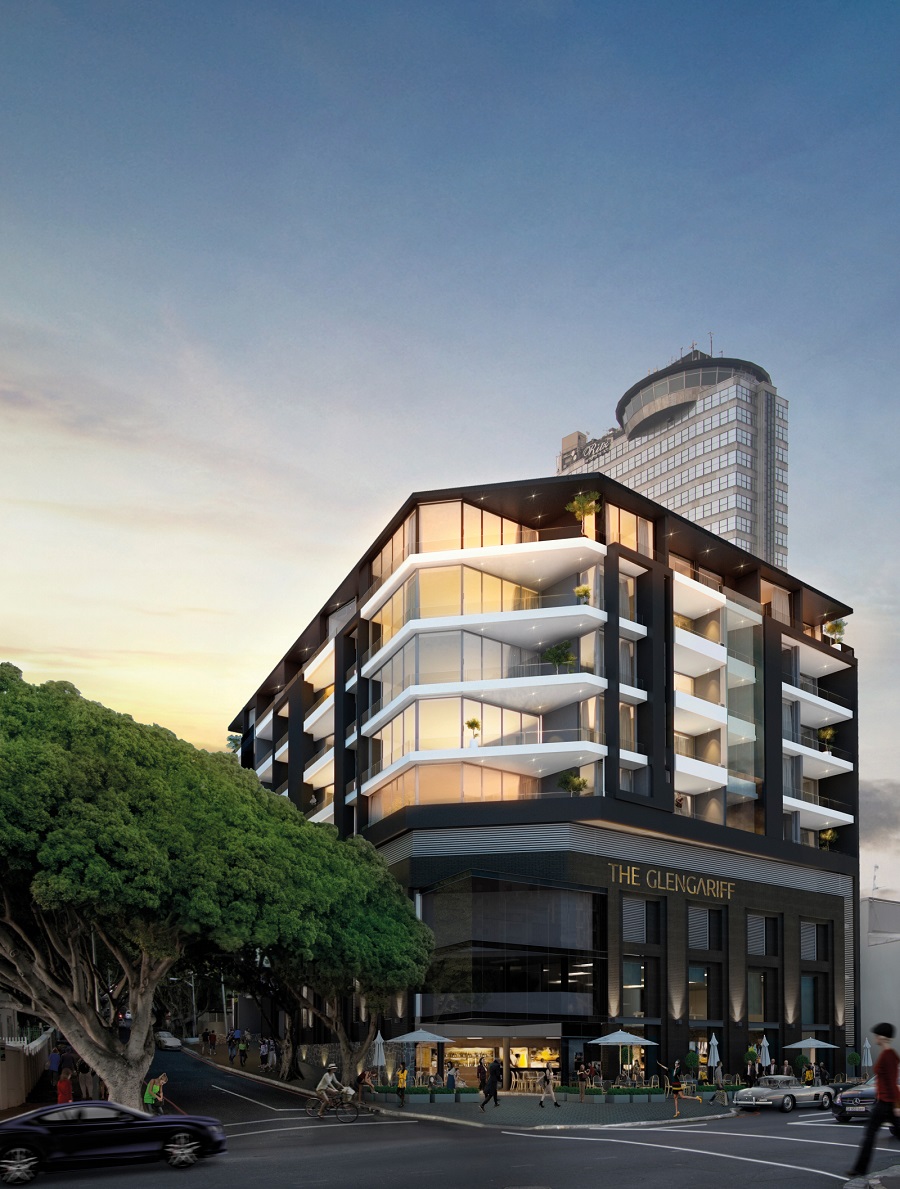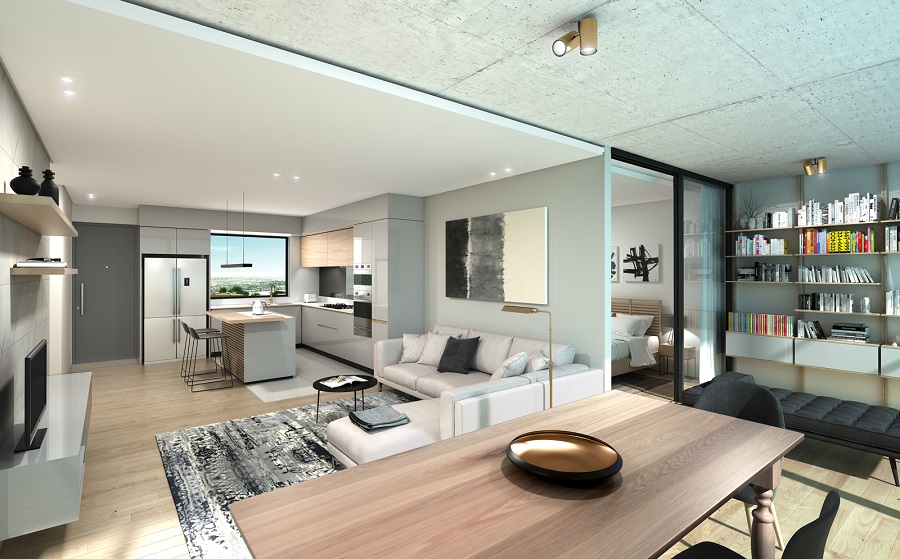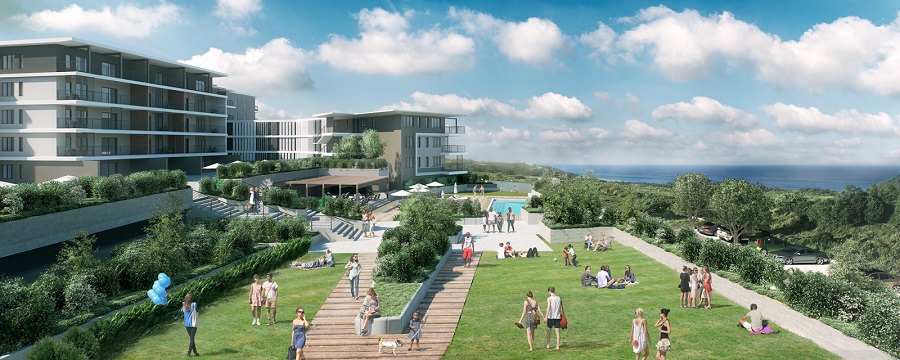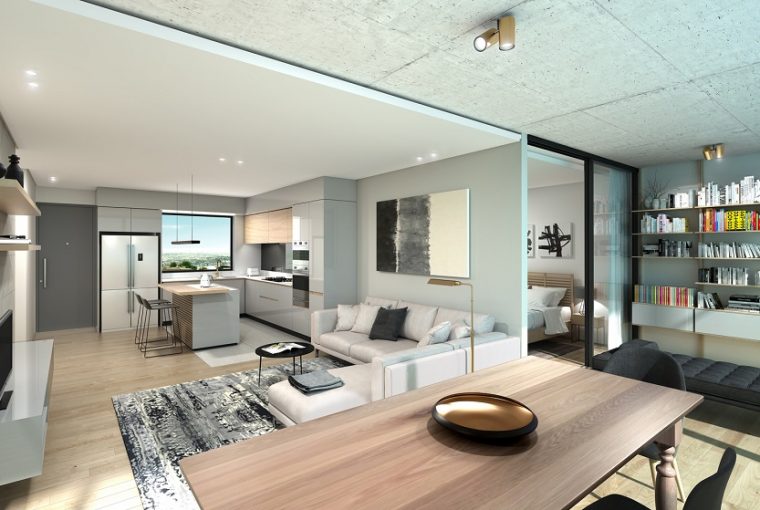Smart property opportunities for the informed investor
Property seen as a safe haven asset
Thursday 19th of October 2017
It is relatively straightforward to make a good property investment when the economy and housing market are booming. As the old saying goes – a rising tide lifts all boats. However, says Sandra Gordon, Pam Golding Properties’ senior research analyst, when the economy is struggling with low growth – as South Africa’s currently is, there are still opportunities for investments – but they require research and a basic knowledge of the underlying trends and dynamics driving the various sectors of the local residential market.

Located in a prime location in Sea Point, just a few minutes’ walk to the Promenade, Green Point Urban Park and the V&A Waterfront, ‘The Glengariff’ is a new, exclusive development comprising only 38 stylish apartments and with limited selected retail at ground level. With prices starting at R2.9 million including VAT, this development is situated in a well-established area where demand consistently exceeds supply and new development opportunities are few. As a result this new-build bodes well for excellent capital growth and rental yields in a market that remains relatively stable at worse and meteoric in growth at best. With occupation expected around mid-2019, there are one, two and three bedroom and penthouses available.
Increasingly, points out Dr Andrew Golding, CE of Pam Golding Properties, residential property is being highlighted as an asset class well worth considering in order to diversify and balance an investment portfolio, as well as the potential to provide for an additional income stream, with the underlying key benefit of providing for appreciation in property value.
“The question is not so much whether one asset class when compared to another offers a better rate of return, but rather that a combination of asset classes in various ratios offers an investor access to acceptable price appreciation, income return and risk mitigation. So including residential property in your portfolio of investments makes sense in the light of all these criteria. The right properties not only offer the investor the potential for sound returns, but can also involve less risk than other more volatile types of growth investments. Many astute investors have done well by including residential property in their portfolios, especially in the buy to let market, which offers both income and capital appreciation returns.”
Gordon says at present both the local and global environment is currently characterised by unusually high levels of uncertainty. “The UK is in the midst of leaving the EU, raising questions about the future of the union which has been critical in bringing stability to Europe since WW2 while in the US, Trump is upending US policy – withdrawing from the Paris climate accord, ending trade pacts and escalating the risks of nuclear warfare. As a result, the balance of world power is in a state of flux.

Priced from R1.75 million to R3.9 million, one and two bedroom luxury apartments conveniently situated in Dainfern Square in Fourways – in close proximity to Lanseria Airport, offer an ideal option for property investors. This new residential offering, which is to be developed as part of phase two of the expansion of the centre, will comprise 91 exclusive units.
“Here at home, socio-political issues are dampening investor and consumer confidence and the local economy is stagnating with growth remaining below 1% – which is below the population growth rate (which is approximately 1.7%). These uncertainties are reinforcing perceptions of property’s role as a safe haven asset,” she says.
In the wake of the global financial crisis and local recession, the South African housing market has remained relatively subdued in the face of lacklustre economic growth rates, rising inflation and interest rates. This has prompted some analysts to caution that property is not a good investment because, once adjusted for inflation, real prices have declined. However, this is an over-simplification since the SA housing market consists of 6.5 million residential properties in various regions, metros and housing types. Because property is an immovable asset, each local housing market is driven by area-specific factors. The national average is merely an aggregation of these widely diverse housing markets and generally tells you little about the performance of individual properties.
“So when the economy and hence housing market are booming, it is relatively straightforward to make a profitable property investment – since the ‘rising tide lifts all boats’. But when the economy is stagnating and the national housing market is being buffeted by economic and political headwinds, there are still investment opportunities but they require an understanding of the trends and dynamics in the property market in order to ensure investors buy a property in one of the still flourishing pockets of the local housing market.”
An interesting aspect of today’s market is that some analysts suggest that the true cost of housing is the house price plus transport costs. As household finances experience rising pressure, it is likely that the daily commute will become an increasingly important part of property decisions.

Investors are snapping up apartments in Coral Point, one of the last developments on the seafront side of Sibaya precinct, a property hotspot on the KwaZulu-Natal North Coast. Also allowing for short-term letting, this new residential development comprises studios, one, two and three bedroom apartments varying in size from 45 to 138sqm, at prices starting at R1.295 million and ranging up to R4.65 million.
This is likely to become even more of a consideration next year when SARS, under increasing pressure for revenue, considers removing VAT zero-rating on fuel – meaning households would then be paying 14% VAT on fuel – making the daily commute more expensive.
Says Gordon: “As a consequence people are responding to growing congestion and a lengthening daily commute in a number of ways, the first of which is by relocating to a growth hub, for example, acquiring an apartment in a 24-hour live, work, play precinct where you are able to walk or catch public transport to work – with gym, shops and restaurants in walking distance. We are already seeing a growing number of mixed-used developments in sought after metropolitan areas”.
Jason Shaw, National Sales Executive for Pam Golding Properties, says that while secure estates with golf courses remain popular, additional amenities and facilities such as cycling tracks, equestrian facilities and outdoor gymnasiums make them even more popular due to being more inclusive of the entire family’s needs.
“Golf courses at best offer a jogging path that is available for residents to use, making the greenbelt generally off limits for residents. Steyn City in Gauteng has managed to offer something for every need, with an 18 hole golf course, 60 km cycle track, equestrian facilities, 18km jogging promenade, sports fields, multiple play areas and outdoor gymnasium to name but a few. As a result, the investment in these amenities has proven extremely popular with the buying public.”
So what kind of properties present investment opportunities in the current market?
Firstly, sectional title properties: With large numbers of young people entering the market for the first time and older people downsizing to reduce maintenance costs, there is a strong demand for sectional title properties across the board, particularly those under the transfer duty threshold of R900 000 as well as off plan development purchases where transfer duty is not applicable. Developers are responding with a growing portion of building plans passed for sectional title properties rather than freehold. Rising utility costs and the need for improved security is reinforcing the desire to downsize and relocate to low maintenance, conveniently located apartments in suburbs allowing a live, work, play lifestyle. As a result, smaller sectional title properties in close proximity to South Africa’s prime global cities remain excellent investment opportunities for savvy investors.
Student accommodation within close proximity to the universities and tertiary institutions is proving increasingly popular, including conversions of houses which are then let out per room, giving investors significantly greater returns compared to a single lease over the property. There is a severe shortage of student housing in South Africa, a trend which is evident in many metros in prime global cities. In mid-2016 there was an estimated 216 000 bed shortage at South African universities.
Posted by Jean Scheltema





